According to the Financial Times, a newly released monitoring report by the European Commission (EC) shows that the amount of steel imported from the US has increased dramatically, with some items increasing 10-fold since the beginning of the year.
A wave of imports being diverted away from the US is putting huge pressure on steel prices in the EU, prompting a call from the region's industry for Brussels to intervene.
“The time has come to act,” warned Ilse Henne, chairwoman of Thyssenkrupp’s supervisory board, in the Financial Times.
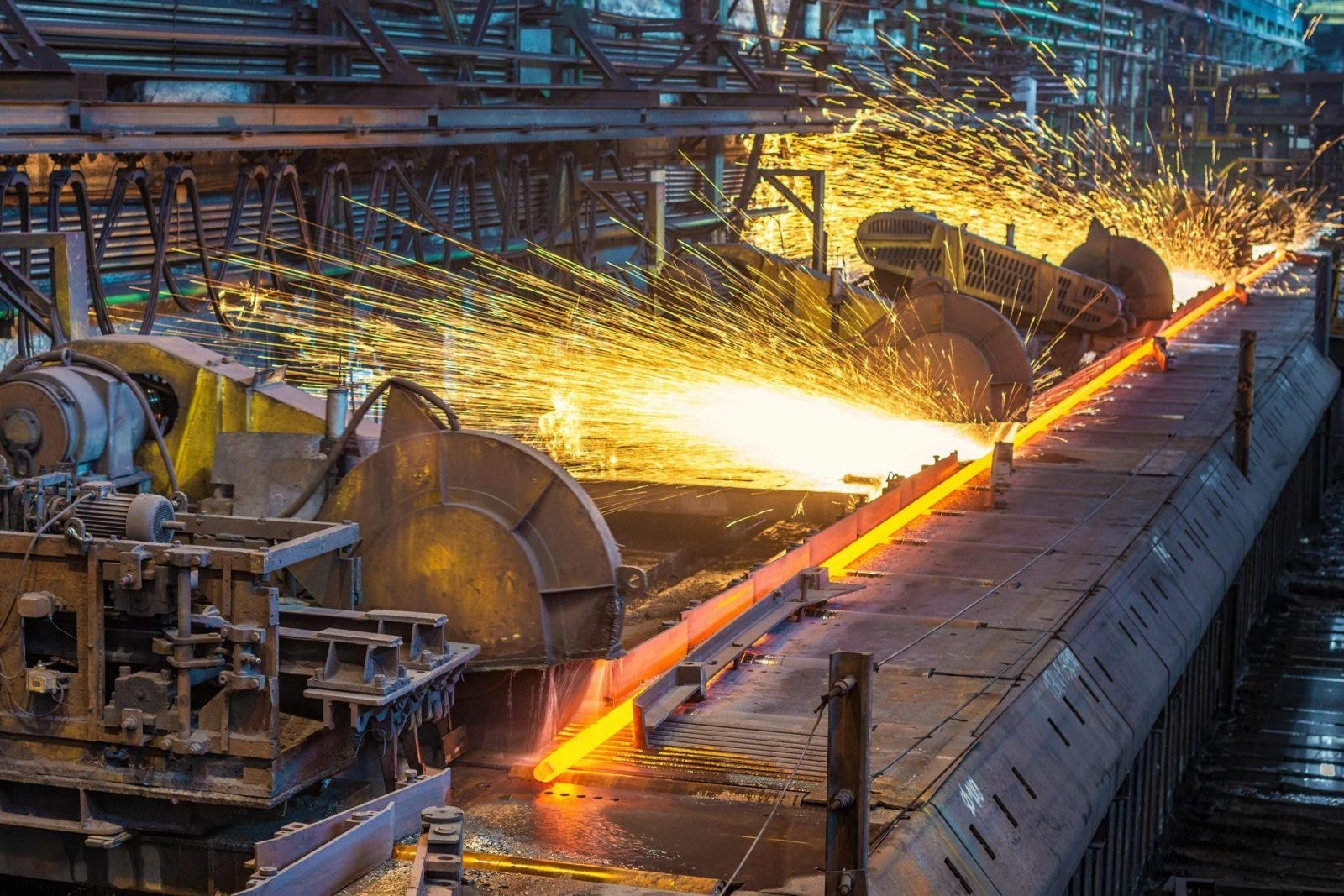
The EC report is the first monitoring document to identify unusual spikes in imports, and comes as former US President Donald Trump returns to politics with tough trade rhetoric.
The report recorded both sharp increases in import volumes and sharp price declines for a wide range of goods – from steel to industrial robots to guitars.
For stainless steel bars and round bars alone, import volume increased by more than 1,000% compared to the same period last year, while prices decreased by 88%. The group of regular round steel bars also increased by 222% in volume, while prices decreased by 55%.
“The new monitoring tool helps us strengthen our defence capabilities and prevent the rerouting of goods into the EU,” said EU Trade Commissioner Maroš Šefčovič.
In addition to steel, industrial robot imports increased by 315%, electric guitars increased by nearly 500%, and prices of these items plummeted - some products fell by up to 80%. Some other product groups also witnessed big fluctuations such as plywood and aluminum foil.
A heat map accompanying the report shows that China was the main source of the surge in imports of machinery, textiles, chemicals and wood and paper products. At the same time, the US also recorded a sharp increase in exports of food, beverages and chemicals to Europe, as businesses stockpiled ahead of possible EU retaliatory tariffs.
However, some analysts note that the data may be distorted by the difference in value between products in the same HS code group. Nevertheless, the threat to the steel industry is “absolutely real,” according to Ms. Henne.
The EU has maintained a safeguard mechanism since 2016, imposing a 25% tariff on steel imports above quotas. But the measures are being relaxed and are set to expire in 2026. Mr Šefčovič said he would propose a replacement mechanism this summer.
In addition, Ms. Henne called for accelerating policies to support the domestic steel industry, such as cutting energy costs and prioritizing domestic products in public tenders. “Non-EU companies need to meet climate standards and compete fairly. Otherwise, we are weakening ourselves,” she stressed.
Thyssenkrupp – one of Europe's largest steel corporations – has had to cut capacity from 11 million tons to 9 million tons/year due to weak demand, leading to thousands of job cuts.
Ms Henne also called on the EU to quickly impose tariffs on steel imports from Russia. Finished and semi-finished steel products from Russia were banned after the Ukraine conflict in 2022, but slabs remained exempt.
Meanwhile, the US has just raised import tariffs on steel and aluminum to 50% – double the 25% rate imposed by the US President in March.
According to the latest forecast from the European Steel Association (Eurofer), steel consumption in the EU will fall by a further 0.9% in 2025, marking the fourth consecutive year of decline. However, imports will continue to increase steadily.
“Given the increasingly bleak outlook for the EU steel market, we call on the European Commission to urgently adopt trade measures to ensure market stability,” said Axel Eggert, Director General of Eurofer.
Source: https://baodaknong.vn/chau-au-lao-dao-vi-thep-gia-re-tran-vao-sau-khi-my-tang-thue-255054.html














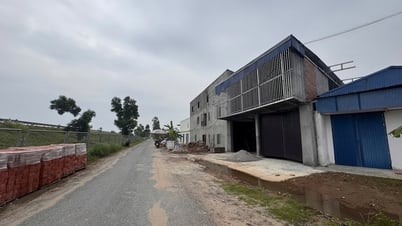








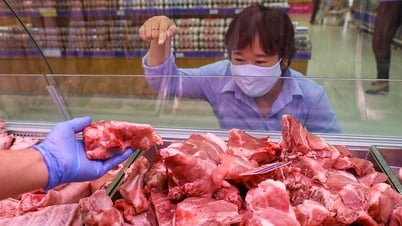
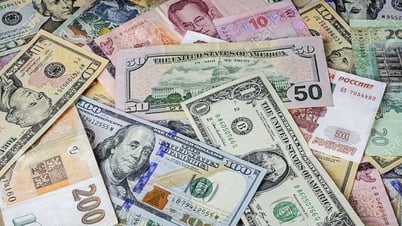
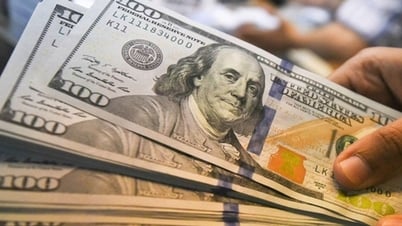

















































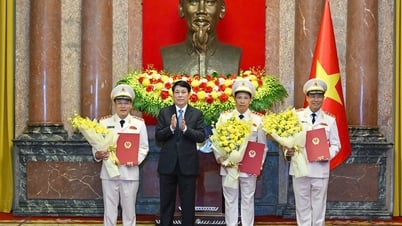


























Comment (0)